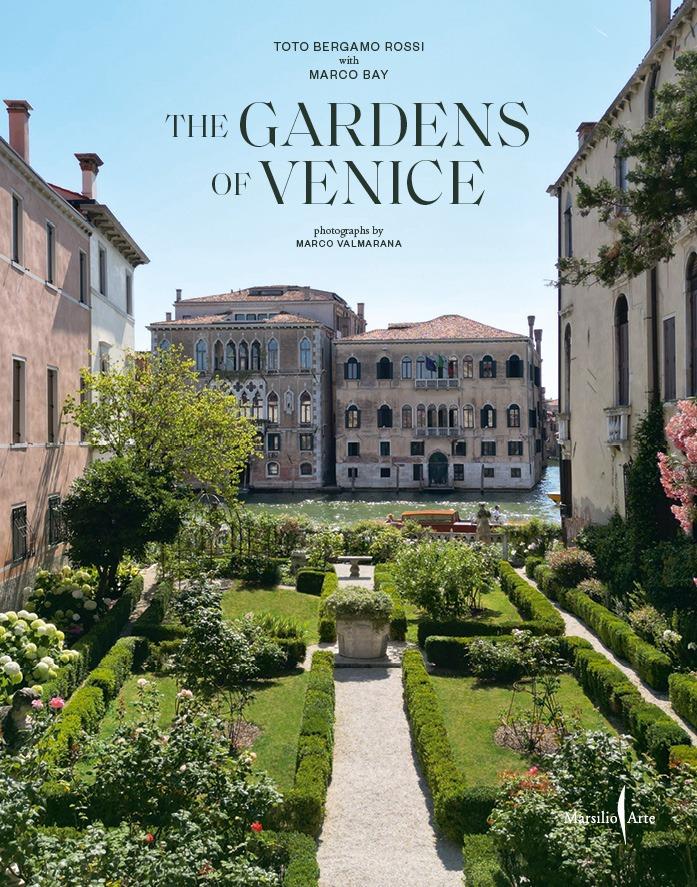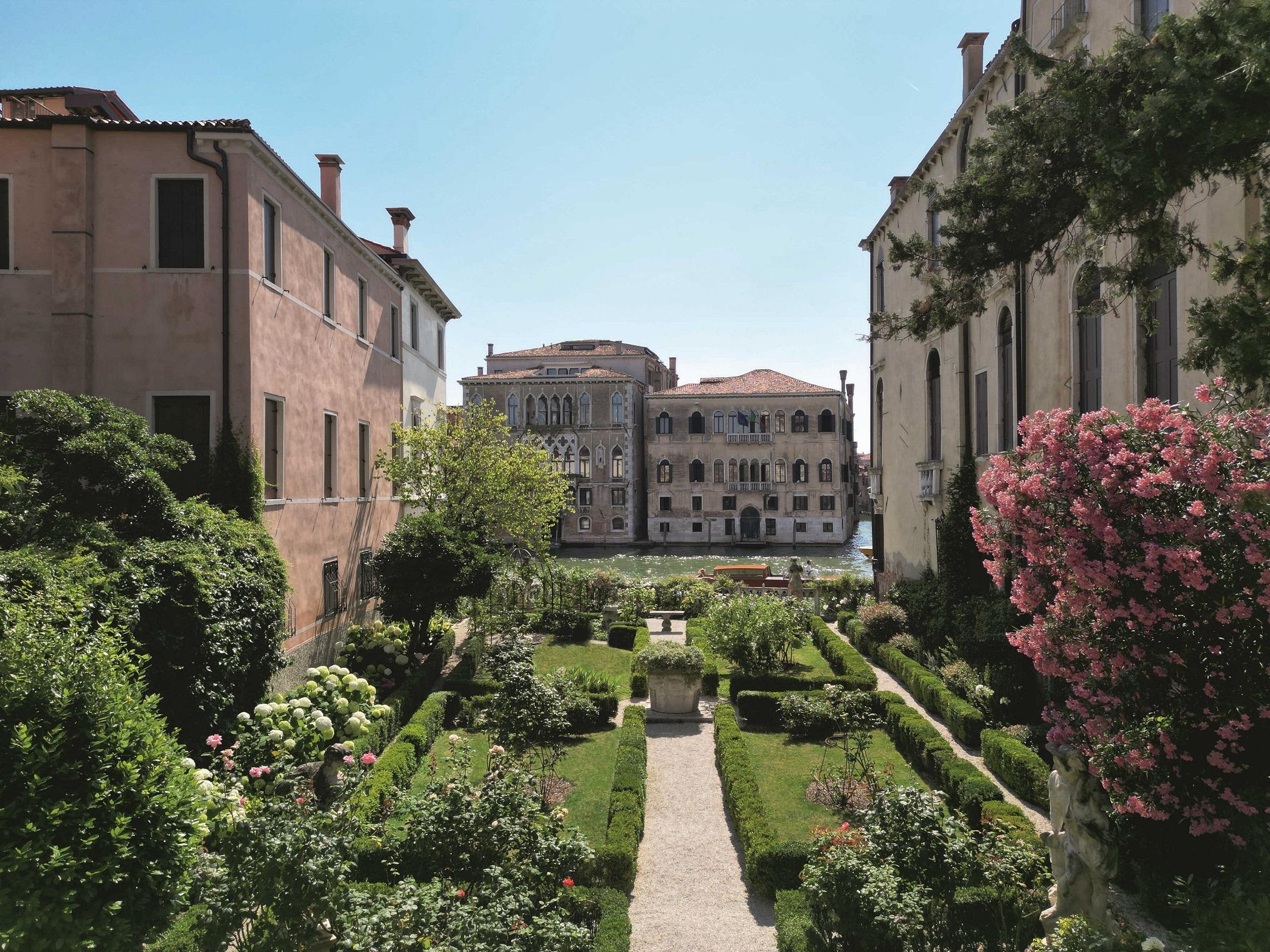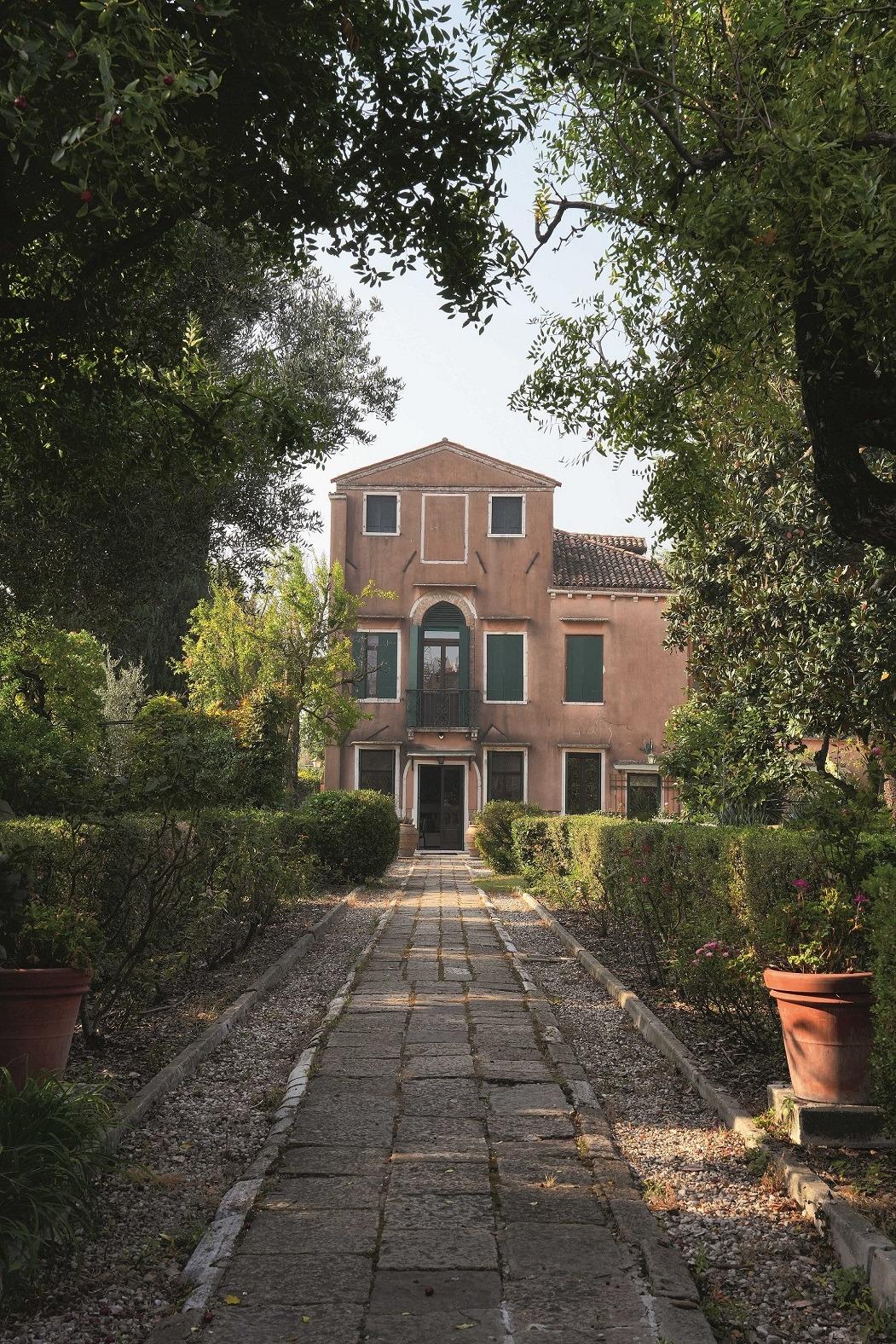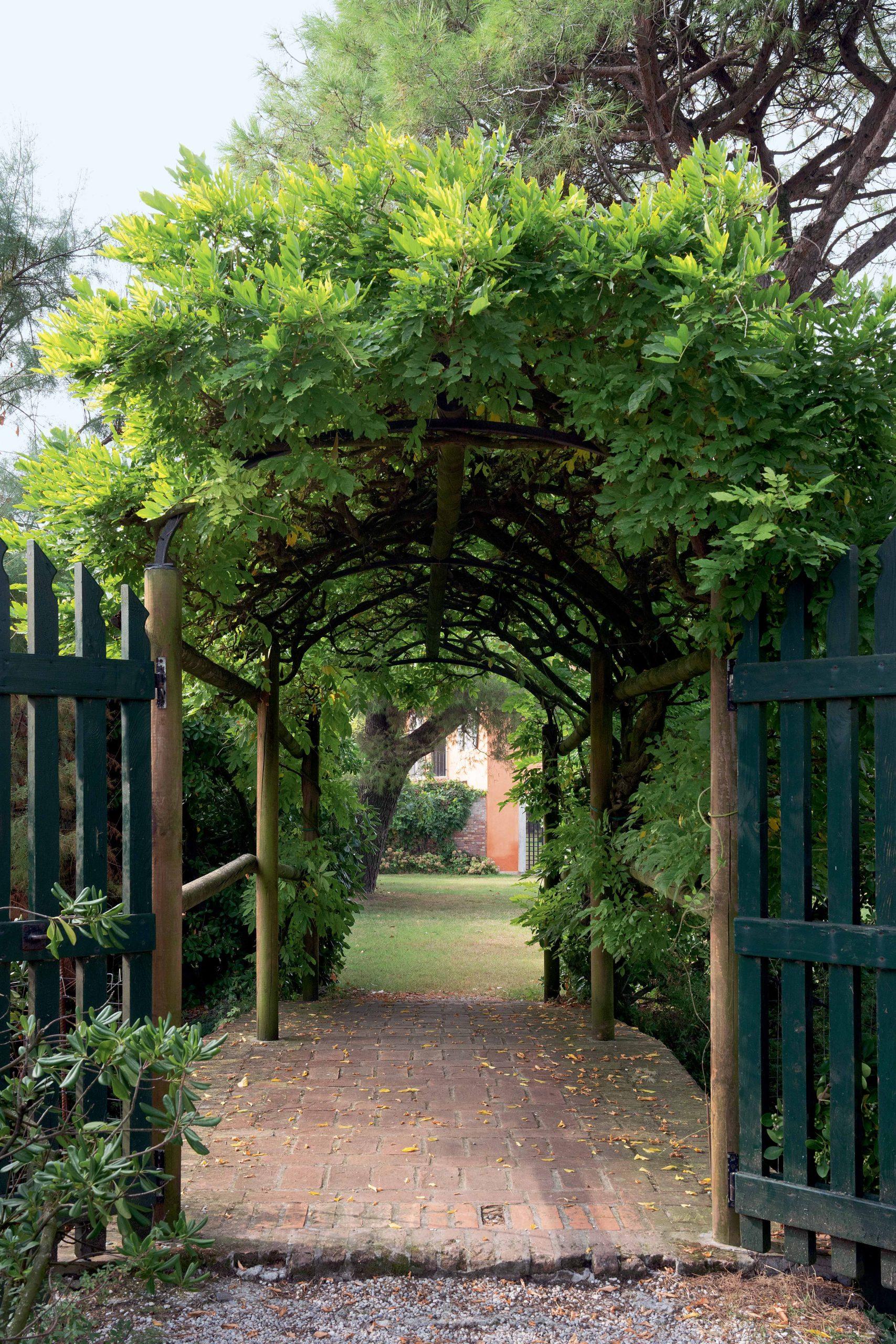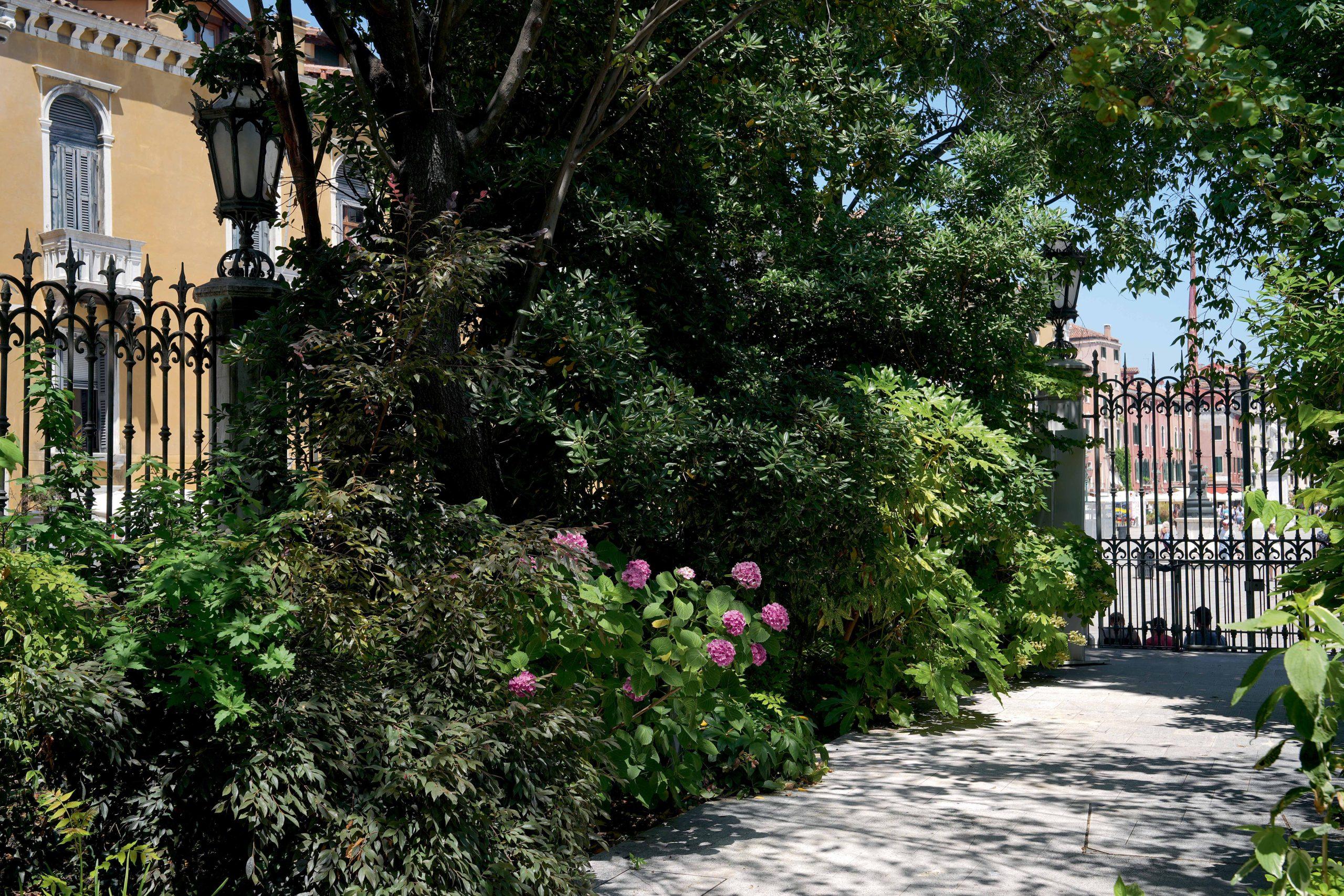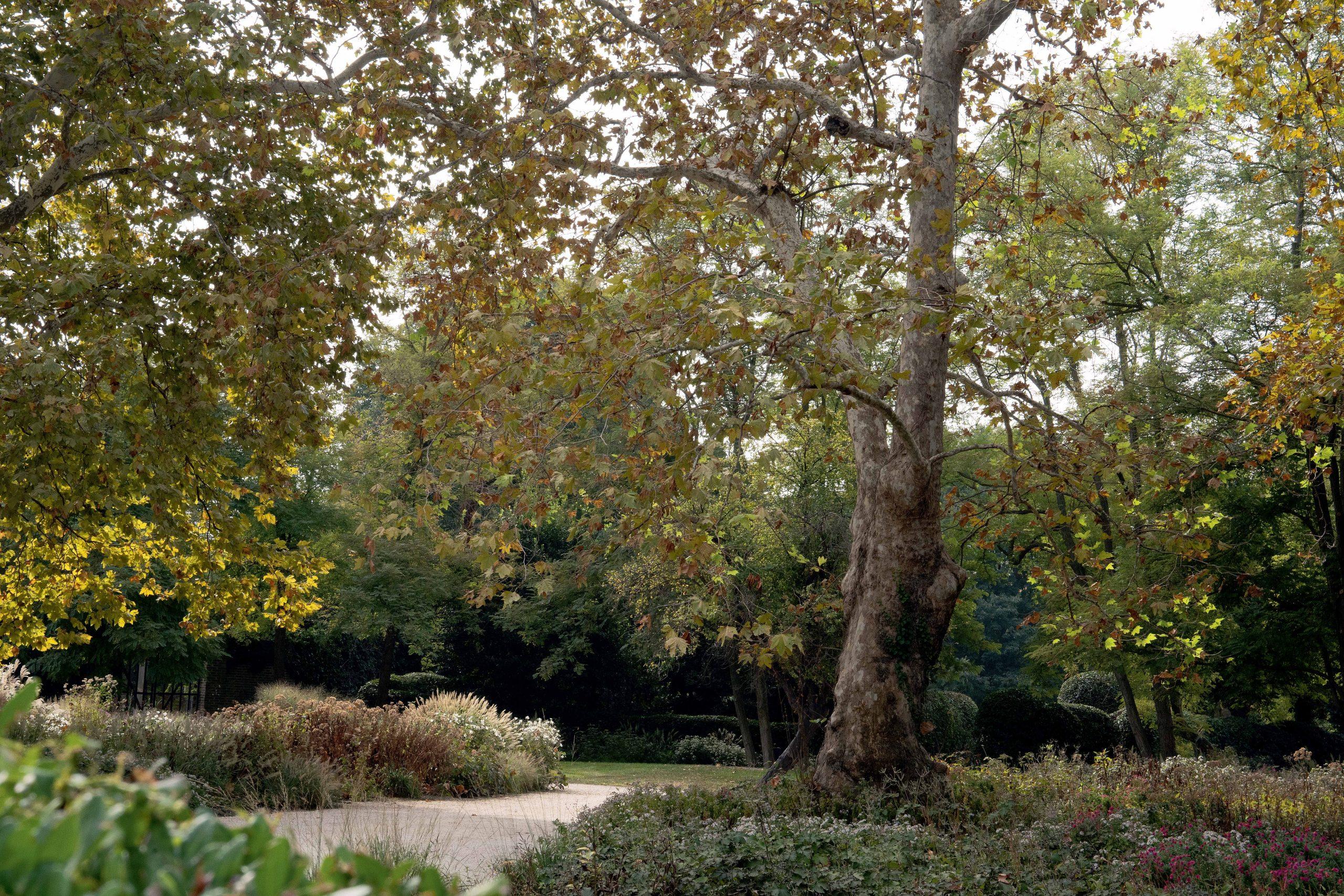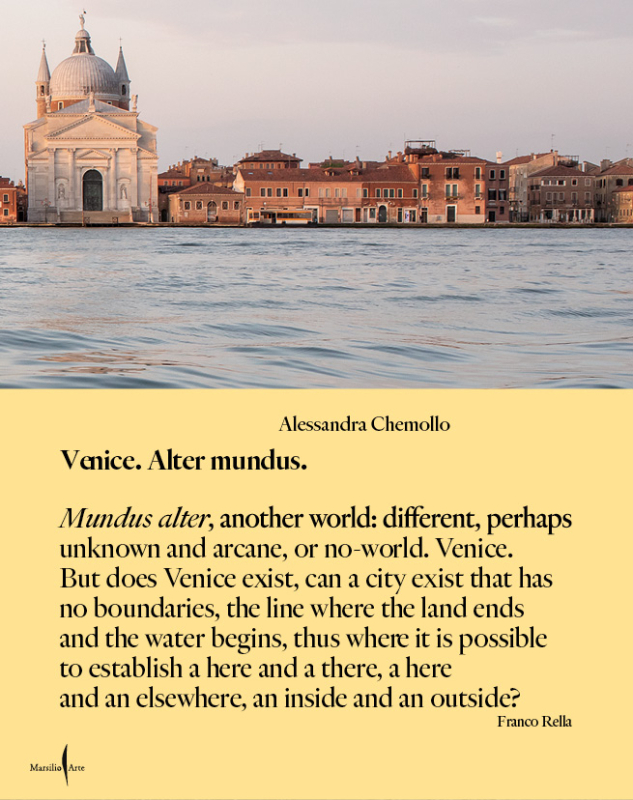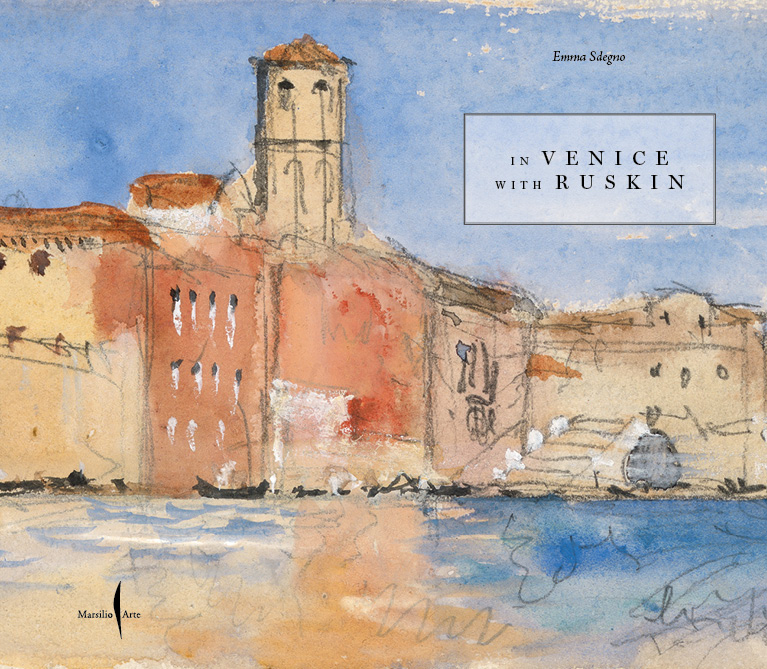The volume, richly illustrated as stated, with photographs by Marco Valmarana and with the collaboration of Marco Bay (landscape architect), following an obligatory historical introduction, is most of all a guide to notable addresses, describing the principal characteristics of each garden: the rare and very rare essences, but also and above all anecdotes and fun facts ranging from history to literature and especially architecture.
And here the tutelary deity of modern Venetian architecture reigns supreme, namely Carlo Scarpa, who created the stone garden of the IUAV campus; after having made the famous cement gate in 1967, he would turn to the Venetian-Japanese garden, with a site-specific project that overturned a monumental seventeenth-century Istrian stone door frame, placed it on the ground and transformed it into a setting for a pool, as if it were an ancient artifact, salvaged and emerging from the water. Scarpa is obviously a recurring presence, for example at the Fondazione Querini Stampalia but also at the gardens par excellence, that is, those of the Biennale, created in 1807 by Napoleonic decree (and in fact they were originally called “Napoleonic Gardens”) but obviously not yet host to the most famous art exhibition in the world, which would only arrive in 1895. Thus, in addition to the Italian Pavilion (so called until 2008, now the Central Pavilion), thirty others were built, all during the 20th century. The most recent dates back to 2015 and was built to host Australia, but among the most interesting are the ones for Austria by Josef Hoffmann, the Dutch pavilion by Gerrit Thomas Rietveld and the Finnish pavilion, a prefabricated structure with a trapezoidal floorplan designed by Alvar Aalto. And again Scarpa, who designed the one for Venezuela and then the garden of the Central Pavilion known as the “Sculpture Garden”.
And yet we cannot just talk about stones, there are also plants: so here in the Gardens of the Biennale, in addition to the large plane trees that line the main avenues there are hackberries, lindens and holm oaks that soar above the lower vegetation where the pittosporums, the laurels, spirea, barberry and tufts of plumbago fill the empty areas surrounding the interesting architecture of the national pavilions. And in the gardens of the Peggy Guggenheim Collection, where among sculptures by Jean Hans Arp, Alberto Giacometti, Max Ernst and others the expert eye will recognize American lindens, pittosporums, black birches, cypresses, magnolias and yews.
But in addition to public institutions, one is immediately tempted to check the index of names and who lives where, and therefore this valuable book can also be read as a Google Maps or who’s who to orient oneself in a city where electronic maps don’t work very well. Among very chic private addresses, therefore here are houses with gardens of important ladies, such as Palazzo Giustinian Brandolini d’Adda, where Cristiana Agnelli, sister of the famous lawyer, still lives today, or Palazzo Bragadin Dabalà, which belongs to Emanuela Bassetti, widow of De Michelis, grand dogaressa of letters.There is the townhouse of Ilaria Miani, inventor and decorator of notable country homes between Rome and the Val d’Orcia, who in Castello, on the San Pietro canal, has restored a highly coveted corner among the shipyards and workshops.There is the Casetta Rossa, formerly (perhaps) the atelier of Canova, and then of the famous Countess Morosini, finally today the headquarters of the assertive PR Emanuela Schmeidler. In short, there’s something for everyone (even for escapes outside Venice, not just for gardens but also for the equally fundamental vegetable gardens: the famous Venetian artichokes are a secret that tourists have yet to discover).
Michele Masneri



